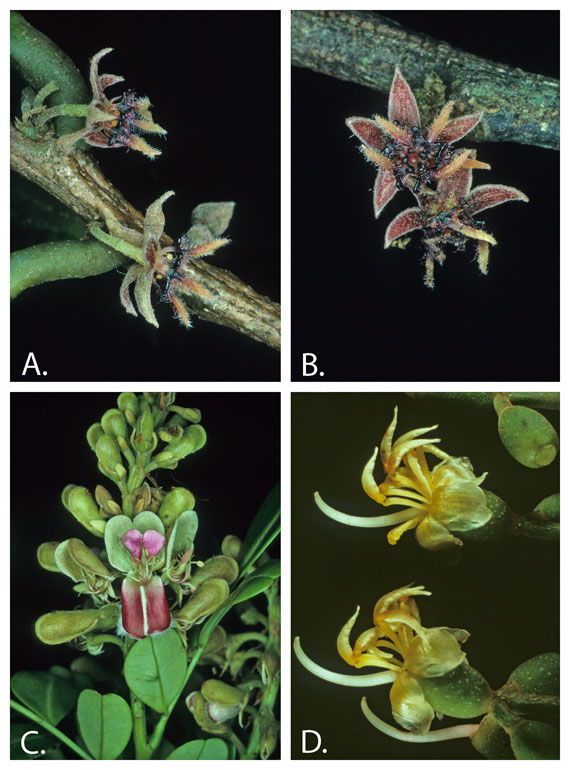Exploring Flora Loca: Unveiling Nature's Secrets & Beyond
Can the secrets of a landscape, its history, and its very soul, be unlocked simply by observing the plants that call it home? The answer, as any seasoned botanist or passionate explorer knows, is a resounding yes.
The world of plant life, often perceived as a silent, static realm, is, in reality, a vibrant tapestry of interactions, adaptations, and stories waiting to be discovered. Exploring "flora loca," a term that, while seemingly elusive, encapsulates the essence of this fascinating field, allows us to delve deep into these interconnected narratives. This exploration offers a glimpse into the wonders of the natural world, revealing the intricate relationships between plants, animals, and their environments.
The journey to understand "flora loca" often begins with a simple question: what does the term really mean? While it may seem like a specific, isolated concept, the term can be understood as an umbrella for several different concepts, including the "first bloom" of a given area. The concept is often associated with a specific season. Despite the season being referred to as the "first bloom," it does not necessarily commence on January 1st. The season typically occurs throughout the summer, from June to September. This timing is crucial, as it influences not just the aesthetic beauty of the landscape but also the economic realities of the region. This comprehensive guide serves as a key into all of these understandings, as it delves into the fascinating world of the subject, exploring its history, diversity, and significance to the local ecosystem and culture.
The term "flora loca" isn't just about aesthetics. Through a detailed examination of local plant life, valuable insights into the biodiversity of a specific region are gained. This often involves the systematic observation, identification, and documentation of plant species within a defined geographical area, including their distribution, habitats, and ecological roles. This can lead to discoveries such as the presence of rare or endangered species, or endemic plants found nowhere else on earth.
Understanding the subject is not only essential for ecological balance but also contributes to cultural identity. In places where the subject thrives, it can offer unique benefits to that particular economy.
The "flora loca" season can have particular implications. For instance, for some agricultural operations, the "flora loca crop" is one of the most challenging seasons. As Daniel Vena, Director of Sales at JVI, noted, fruit from these crops often has a lower oil content, making it slow to mature and ripen. This results in changes to the harvest and distribution cycles.
Beyond practical considerations, the study of the subject offers a window into the bigger picture. Observing plants in their natural environment is a great way to learn about native plants. It allows you to see the plants as they truly are and take note of their unique features. Taking a walk outdoors and exploring the plants around you is a great starting point for learning about them.
Exploring flora loca offers a rich and rewarding experience, providing the opportunity to appreciate the intricate and often unseen connections that weave through the natural world. The study of local plant life is, in many ways, the study of life itself.
Consider, for example, the Lake District. The diverse habitats of the Lake District result in a varied flora, with each habitat supporting its own unique assemblage of plant species. This isn't just about identifying different species; it's about understanding how the geology, climate, and human activity have shaped the floral landscape over centuries.
Another example can be seen in Tuscany, a region renowned for its beautiful landscapes, where not only are the rolling hills breathtaking, but they also play host to a vast array of flora. The wildflowers found here offer a glimpse into natures vibrant palette. This focus allows for insights into the regional botany, as well as the broader ecological significance of these areas.
The exploration of flora takes many forms. This exploration might lead to a "Digital atlas of the Virginia flora". While focused on Virginia, this resource is useful for comparing eastern deciduous forest species. This work is geared towards forestry professionals and academics seeking to deepen their knowledge of a regions unique floral landscape.
Consider the example of the Elk River region. Understanding the flora of the Elk River region is essential for both ecological balance and cultural identity. This highlights the fact that botany is not just a scientific endeavor but also a critical component of regional understanding.
The journey, much like a hike to the summit, is often challenging but rewarding. This landscape has allowed for the evolution of unique flora found nowhere else on earth. Visiting during the dry season makes the trek more manageable. Can you imagine exploring such an ancient landscape? The experience itself is a testament to the power of observation.
The lithops, for example, hides in plain sight, mimicking the very earth it springs from, waiting for the rains to bloom in unexpected splendor. This type of plant life offers insights not only into the plant itself, but the unique and intricate ways in which it adapts to its environment.
Furthermore, the exploration of local plant life is about appreciating the unseen. Dive into the intriguing world of the science of plant communication: Understanding how plants talk to each other is crucial in understanding more about this phenomenon.
Whether you're a seasoned botanist or a curious observer, the world of "flora loca" awaits, offering endless opportunities for discovery and appreciation. So, step outside, explore, and unlock the secrets of the botanical world that surrounds us.


